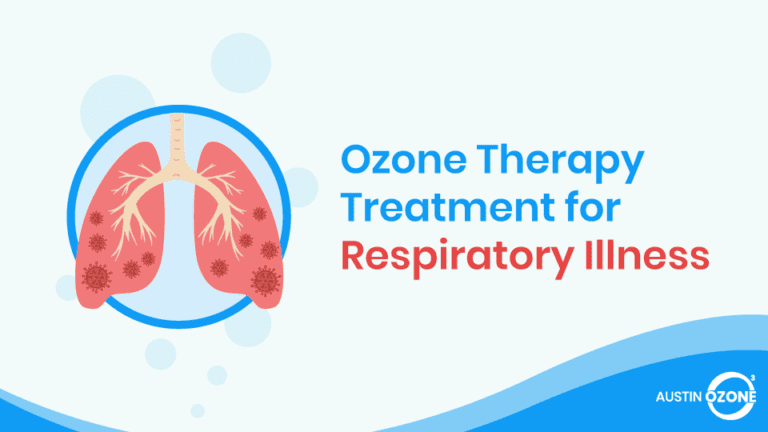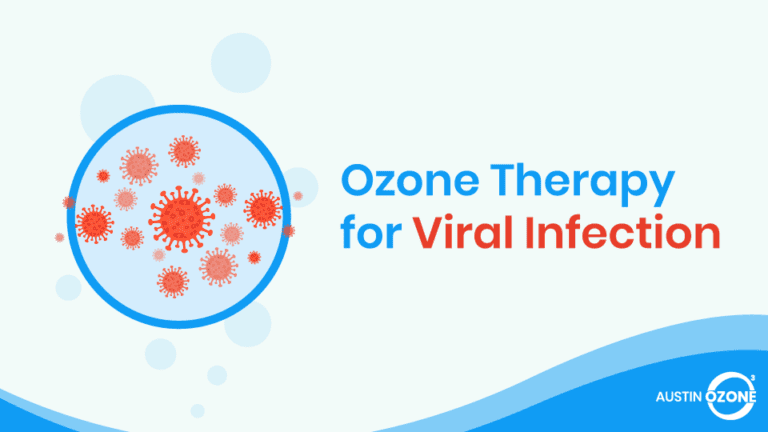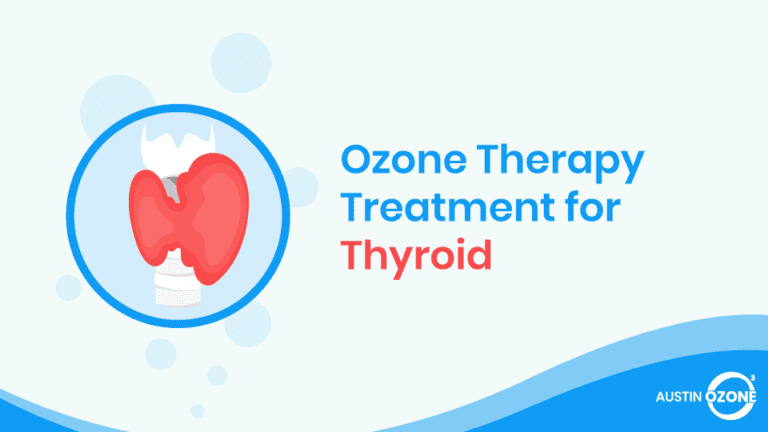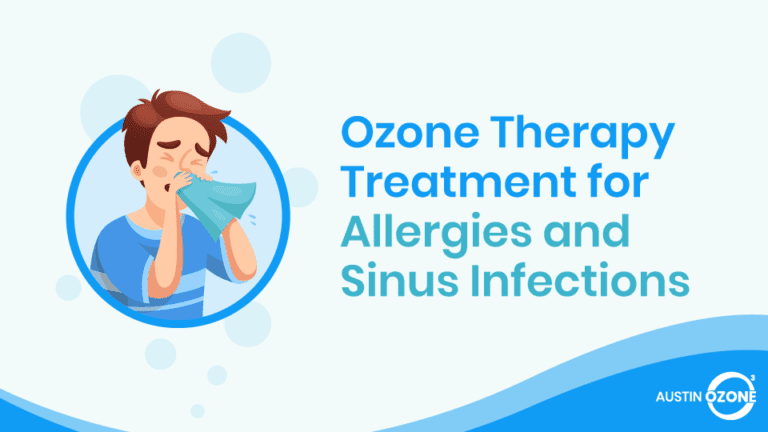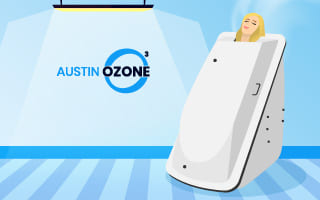Respiratory illnesses are those that affect the airways and other structures in the lungs. They can be caused by different things6 such as pollution, infections, smoking, occupational hazards, and genetic factors.
Respiratory System: An Overview
The respiratory system is a complex network of organs that help you breathe the required oxygen into the bloodstream and breathe out carbon dioxide waste. Oxygen is incredibly important to keep the cells in your body functioning; it carries the essential nutrients that energize the cell.
The respiratory system includes the nose, sinuses, mouth, throat, windpipe, air passages, air sacs, and lungs.
The respiratory system is a complex network of organs that help you breathe the required oxygen into the bloodstream and breathe out carbon dioxide waste.
Breathing starts when you inhale through your nose or mouth. The air travels down to the throat and into the windpipe. The air then goes to different air passages in your lungs. The oxygen from the air is absorbed by the tiny blood vessels surrounding the air sacs while the carbon dioxide and other waste gases are exhaled from the lungs.
The respiratory system has a built-in filtration system to keep harmful substances from entering the lungs. For example, the nasal passage is lined with tiny, hair-like structures known as cilia to help trap large foreign matter. Therefore, a respiratory illness becomes inevitable when this filtration system fails to work.
Types of Respiratory Illnesses
A respiratory illness can start anywhere in the system. These diseases can be classified by the specific parts that are affected.
Respiratory Diseases Due to Problems in the Airway Passages
Asthma, bronchitis, and chronic obstructive pulmonary disease (COPD)4 are just some of the respiratory diseases that affect the trachea and bronchi. These illnesses effectively limit the airflow due to the narrowing or blockage in the air passages. Their symptoms can vary from mild to severe.
Respiratory illnesses that involve the airway passages are often triggered by allergies, viral infections, or pollutants.
Respiratory Illness Due to Problems in the Air Sacs
Airway passages branch out to smaller tubes called air sacs. Respiratory illnesses that involve the air sacs include tuberculosis, emphysema, pulmonary edema, pneumonia, lung cancer, and acute respiratory distress syndrome (e.g., COVID-19). These diseases are often triggered by a bacterial or viral infection, although it is also possible to get them as a result of excessive smoking or other pollutants.
Respiratory Illnesses Due to Problems in the Interstitium
The interstitium is a network of thin, delicate tissues found in both lungs, which surrounds the alveoli or air sacks; illnesses that involve this part of the system have a collective name of interstitial lung disease (ILD). The diseases under this group are characterized by the inflammation and scarring of the interstitium, as well as by fluid buildup.
ILD is often triggered by the presence of irritants like dust or mold, although it can also be caused by infections and smoking.
Risk Factors for Respiratory Illnesses
Different respiratory illnesses can be triggered by different factors. However, people who have allergies, are overweight, and are frequently exposed to pollutants and tobacco (or cigarette) smoke have a higher risk of acquiring respiratory illness. In addition, those who have suffered bacterial, viral, and fungal infections in the respiratory system are also more susceptible.
Another risk factor is occupational exposure to dust, asbestos, fumes, smoke, and other inflammatory pollutants. Medications like antibiotics and treatments like chemotherapy can also increase the probability of developing a respiratory disease.
Lastly, genetic factors can play a large part in increasing your vulnerability to respiratory illness.
Common Symptoms for Respiratory Illnesses
Most respiratory illnesses share similar symptoms, the most common of which is shortness of breath or difficulty in breathing, especially when you are not physically exerting yourself. If you are experiencing shortness of breath even during the lightest of exercise, then you should see your doctor for evaluation.
Another sign of a respiratory illness is wheezing. Breathing noisily can be an indication that your air passageways are constricted or blocked. Also, if you are suffering from a stubborn cough or are coughing up phlegm (or worse, blood) for a prolonged period of time, it can be a telltale sign that you have an undiagnosed respiratory disease.
How Respiratory Illnesses Are Diagnosed?
It is important to consult a doctor when you are suffering from a respiratory illness. Doctors often make a diagnosis based on a physical examination and lung function tests. During the physical exam, the doctor will focus on your breathing because they can detect any abnormality or inflammation by listening to the sound of your breathing lungs.
The doctor will also check your nose, ears, and throat for any signs of infection. Some will even require an x-ray or a CT scan to check the condition of your lungs. Recently, swab tests taken from the nasal passages and mouth have become popular as a diagnostic tool for identifying COVID-193.
Standard Treatment for Respiratory Illnesses
Since most respiratory illnesses start with a bacterial infection, antibiotics are often prescribed as treatment. However, taking antibiotics can have many adverse effects and can even exacerbate the symptoms.
For respiratory illnesses caused by viruses such as Covid-19, there is no known treatment to directly kill the virus. Doctors can only prescribe medications to help you manage your symptoms.
For the most part, treatments and medications largely depend on the severity of the symptoms and the seriousness of the infection. Respiratory illnesses that exhibit mild symptoms may get better on their own within two weeks of infection. Nevertheless, leaving a respiratory illness untreated can lead to more serious health complications.
Schedule an Ozone Therapy Session Today!
Potential Complications From a Respiratory Infection
Both acute and chronic respiratory illnesses caused by an infection are generally incurable and available treatments are more for managing the symptoms. When ignored, a chronic respiratory illness will eventually lead to respiratory failure where you’ll find yourself suffering from either a low level of oxygen or an abnormally high level of carbon dioxide in the bloodstream.
Aside from respiratory failure, a respiratory illness can lead to respiratory arrest where the lungs stop functioning entirely and you may need medical equipment, such as a ventilator, to breathe. For some, a respiratory illness can also lead to congestive heart failure where blood and other fluids build up inside your lungs.
Ozone Therapy as Possible Treatment for Respiratory Illnesses
Since medical ozone is well-known for its antimicrobial properties, it can nip infections in the bud. Medical ozone helps oxidize bacteria, viruses, fungi, and other parasitic pathogens, thereby effectively eliminating the root cause of infections.
You can still use ozone therapy to treat breathing disorders even if they are not caused by an infection because ozone can improve the oxygenation and blood circulation in the body, in turn reducing the stress exerted in your lungs.
Use ozone therapy to treat breathing disorders even if they are not caused by an infection because ozone can improve the oxygenation and blood circulation in the body, in turn reducing the stress exerted in your lungs.
Although there are many methods for administering ozone in the body, intravenous ozone therapy seems to be the best for improving the oxygen level in the blood. Intravenous ozone therapy usually takes the form of major autohemotherapy where a small amount of the patient’s blood is drawn, ozonated, and infused back to the patient’s bloodstream through an IV.
However, ozone therapy should be used with caution by people who are suffering from respiratory illnesses because unintentional inhalation of ozone can further irritate or damage the lungs.
For this reason, it is important to undergo an ozone therapy session under the supervision of a certified professional or expert. This will prevent any unwanted incidents involving ozone gas.
Summary
The respiratory system is a network of organs that is often prone to illness due to its inherent complexity. The causes of a respiratory illness can range from environmental and occupational to genetic factors.
There are many types of respiratory illnesses, depending on the part of the respiratory system that is affected. Majority of these illnesses share similar symptoms such as shortness of breath, chronic coughing, and wheezing. If you are experiencing any of these symptoms, it is best to consult a specialist to find the best treatment.
A great alternative method of treatment for respiratory problem is ozone therapy. Not only can it help eliminate the causes of infection, but it can also bring immediate relief to your lungs through increased oxygenation.
Since most respiratory illnesses are incurable, the treatment and medications available are more for managing the symptoms and for preventing the development of complications.
While antimicrobial medications may help in treating the infections that often cause respiratory illnesses, you also run the danger of developing a strong resistance against them.
A great alternative method of treatment for respiratory problem is ozone therapy. Not only can it help eliminate the causes of infection, but it can also bring immediate relief to your lungs through increased oxygenation.
Schedule an Appointment Today
References
- Fair, L. (2020, May 7). 5 more companies get coronavirus warning letters. Retrieved from https://www.ftc.gov/news-events/blogs/business-blog/2020/05/45-more-companies-get-coronavirus-warning-letters
- LaRocque, R., & Ryan, E. (2019, June 24). Chapter 11. Retrieved from https://wwwnc.cdc.gov/travel/yellowbook/2020/posttravel-evaluation/respiratory-infections
- Nanobble. (2020, February 6). Possibility of Using ozone micro nano bubbles, ozone therapy & routine daily activities to cure and protect against corona virus infection. Retrieved from http://www.nanobble.com/possibility-of-using-ozone-micro-nano-bubbles-ozone-therapy-routine-daily-activities-to-cure-and-protect-against-corona-virus-infection/
- RT Staff. (2020, May 27). Ozone triggers more COPD exacerbations in poor neighborhoods. Retrieved from https://rtmagazine.com/disorders-diseases/chronic-pulmonary-disorders/copd/ozone-triggers-more-copd-exacerbations-in-poor-neighborhoods/
- Sunnen, G. (2020). COVID-19, MERS, SARS, and other emerging coronaviruses: Theoretical considerations and a proposal for critical care parenteral blood ozonation. Retrieved from https://www.townsendletter.com/article/online-covid-19-mers-sars-critical-care-blood-ozonation/
- World Health Organization. (n.d.). Chronic respiratory diseases. Retrieved from https://www.who.int/health-topics/chronic-respiratory-diseases#tab=tab_1
